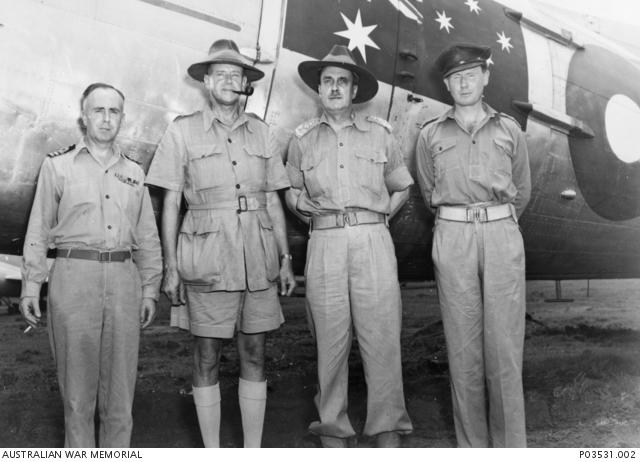
In August 1947, Australian military observers were stationed in the Netherlands East Indies (NEI) under the auspices of the United Nations Good Offices Committee (UNGOC). Their purpose was to monitor the ceasefire between the Dutch and Indonesian forces during the Indonesian National Revolution. The number of Australian observers increased after the Second Dutch military operation in 1949.
As the situation in Indonesia evolved, UNGOC was upgraded to the United Nations Commission for Indonesia (UNCI). The UNCI had a broader mandate to facilitate a peaceful settlement between the Dutch and Indonesians. Australian personnel continued to serve as part of the UNCI.
Australia played a significant role in the first-ever deployment of United Nations peacekeepers in the field. The Australian forces in Indonesia were among the earliest UN peacekeepers deployed internationally. Their mission was to monitor and report on the implementation of the ceasefire and assist in creating conditions for a peaceful resolution.
The Australian force deployed as peacekeepers consisted of military personnel, including officers, observers, and support staff. They were involved in various tasks, such as monitoring ceasefires, observing the withdrawal of forces, and reporting on the situation on the ground.
However, the Australian force was eventually withdrawn in April 1951, as the situation in Indonesia stabilised and the need for international peacekeepers diminished. The withdrawal marked the end of Australia’s direct involvement in the UN peacekeeping mission in Indonesia.
Overall, Australia’s participation in the UN peacekeeping operation in Indonesia during the 1940s and early 1950s demonstrated its commitment to international peace and security, as well as its support for the peaceful resolution of conflicts through the United Nations.
